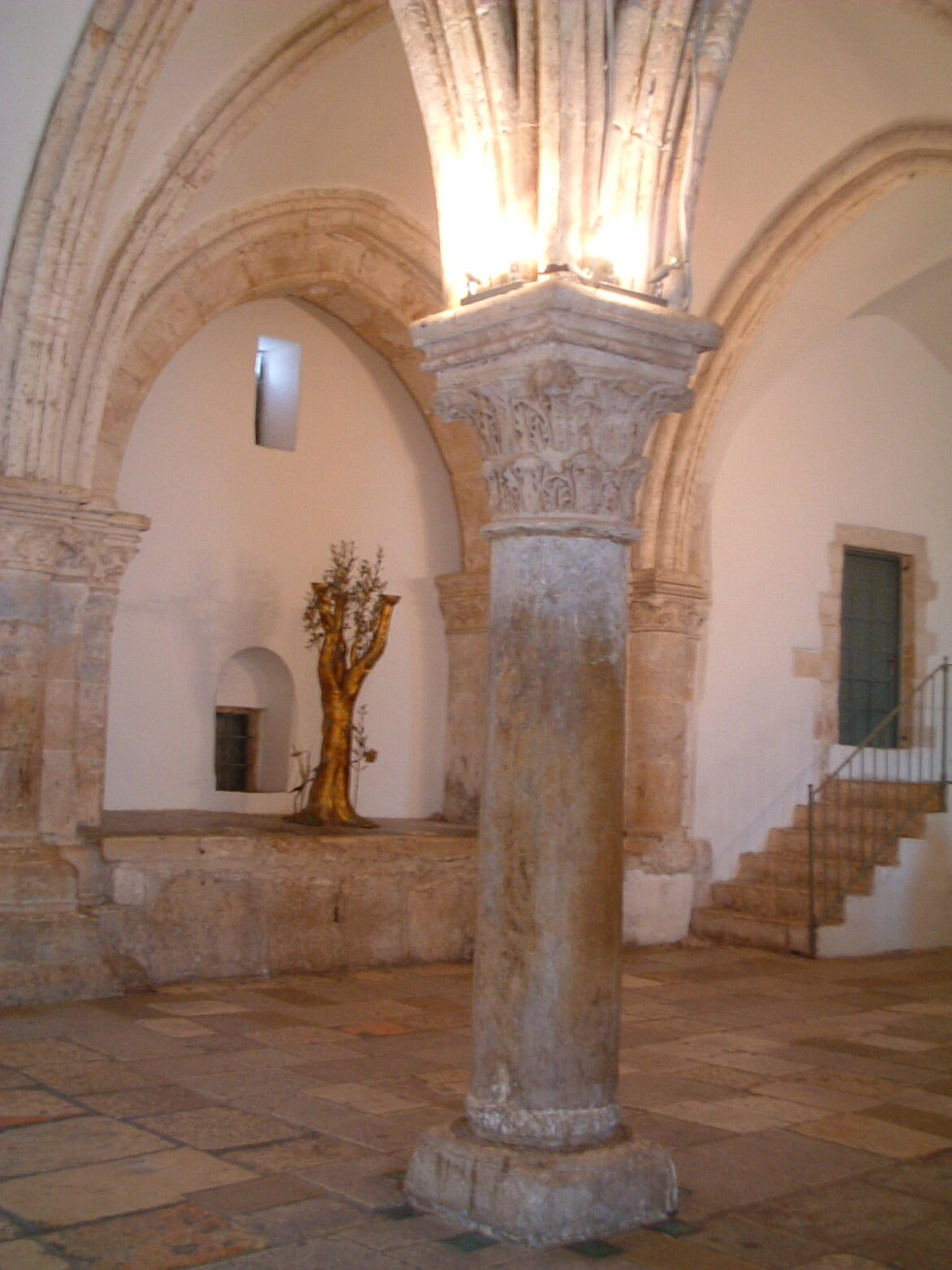When Poland regained independence, the Catholic clergy thought of organizing a national pilgrimage to the Holy Land. However, it was only possible in 1934 when 112 people visited Jerusalem from 15 to 30 May.
The first efforts to organize pilgrims were made right after regaining independence, but they were interrupted by wars and then the economic crisis. At that time, the Commissars of the Holy Land in Poland (based in Krakow) from 1911 to 1923 were Father Zygmunt Janicki and in the years 1923-1930 Father Kamil Manik. Especially the latter monk made an intense effort to organize the national pilgrimage. In the 1920s, he published in Poland “the Voice of the Holy Land. Monthly magazine of the pious Association of the St. Cross Army”. As he wrote in the introduction to No. 11, “The purpose of the magazine is to extend, as far as possible, the information concerning those places where Christ, our Redeemer, was born, lived, taught, and finally, on Mount Calvary, he offered his life on the Cross as a ransom for us”. The magazine had numerous recipients – over 60,000 people belonged to the Association of the Holy Cross Army.
The first pilgrimage in May was attended by 30 priests. The trip of the whole group was organized by the then leading Polish organizer of foreign tourism, i.e. the Polish Travel Agency “Francopol” located in Warsaw. In cooperation with the Commissioner and the Catholic League in Katowice, as well as with the “Pilgrim” Society in Poznań, the Agency accepted the candidates for the pilgrimage.
The pilgrim route led from Krakow, and from there by rail to Romania, from where the Polish ship “Polonia” departed in the port of Constanta. It reached the shores of Jaffa on May 20. Then, on the same day, pilgrims went to Jerusalem by bus.
During their stay in the Holy Land, pilgrims visited the most important places connected with Christianity, mainly with Jesus Christ. They saw The Cenacle, the Basilica of the Dormition of the Blessed Virgin Mary, the Church of the Holy Sepulcher, Bethlehem, the Church of Our Father on the Mount of Olives, Cana of Galilee, Tiberias. Unforgettable experiences awaited the pilgrims also at the Western Wall and in the Omar Mosque. Outside of Jerusalem, the group travelled by car.
On the way back, the pilgrims visited other attractions such as Athens and Istanbul, and during their journey by ship, they participated in the thematic lectures.
The success of the pilgrimage in 1934 provided that a group of people willing to travel to the Holy Land gathered again in the following year.





